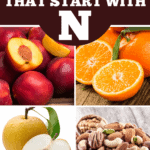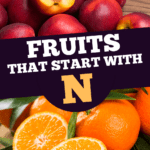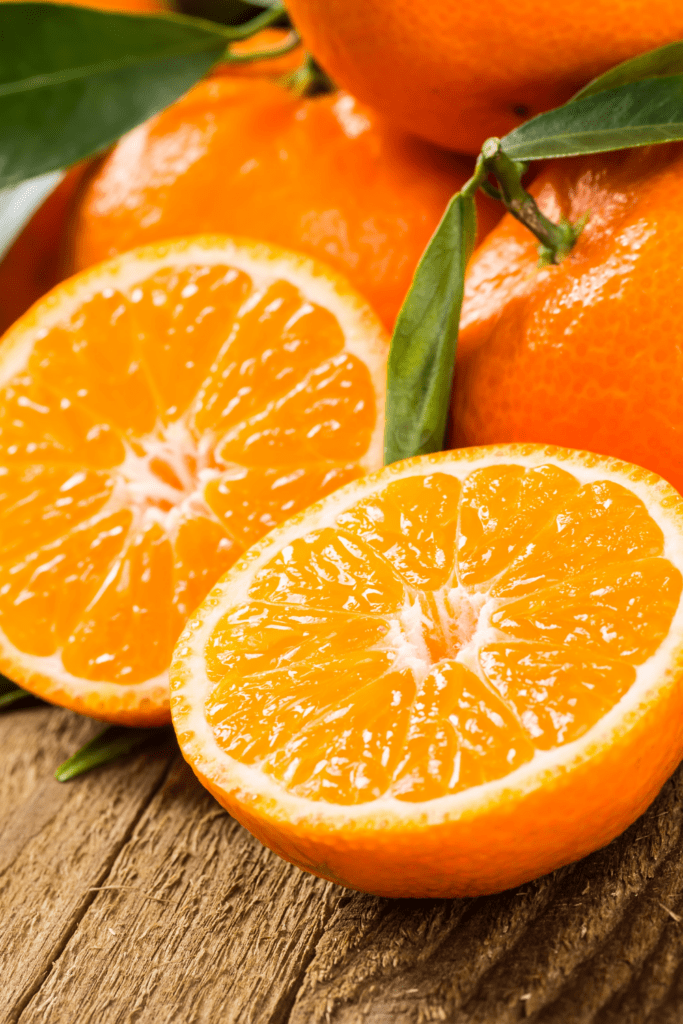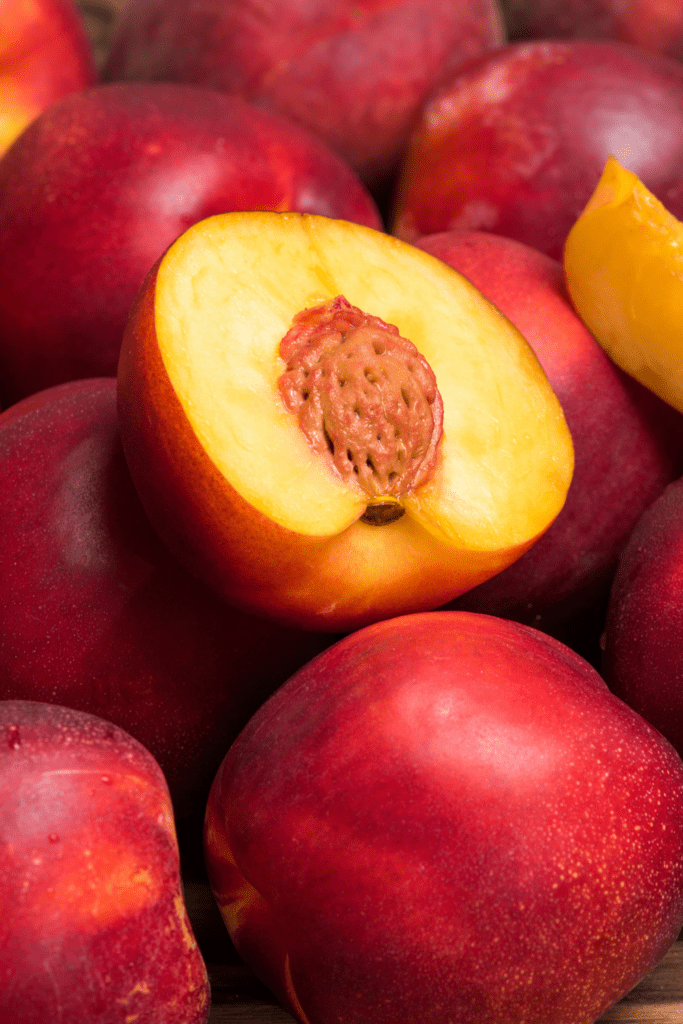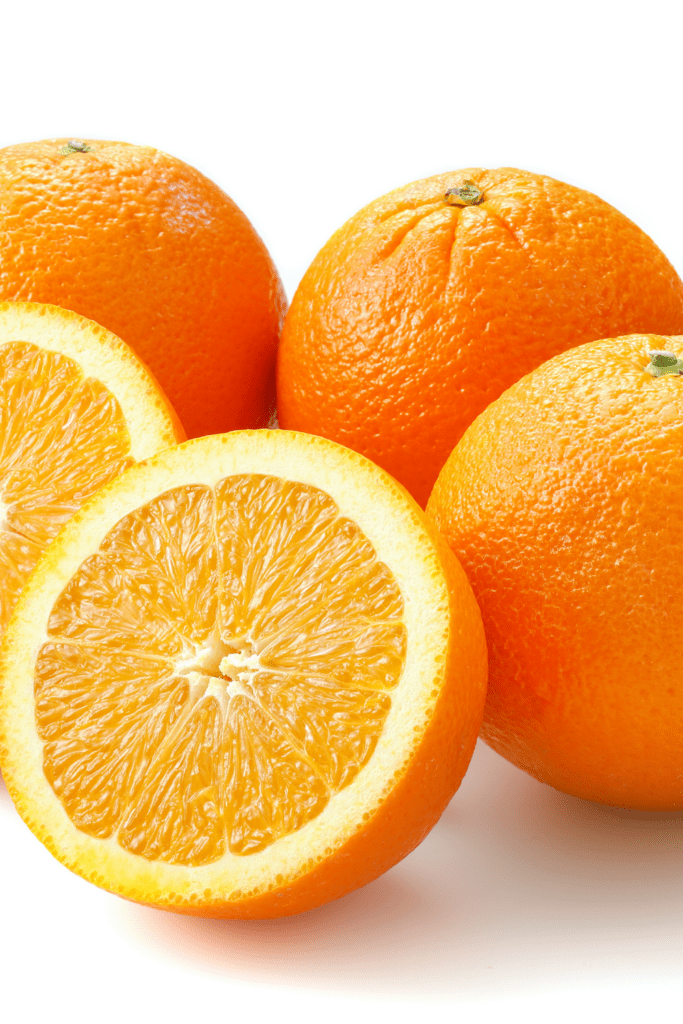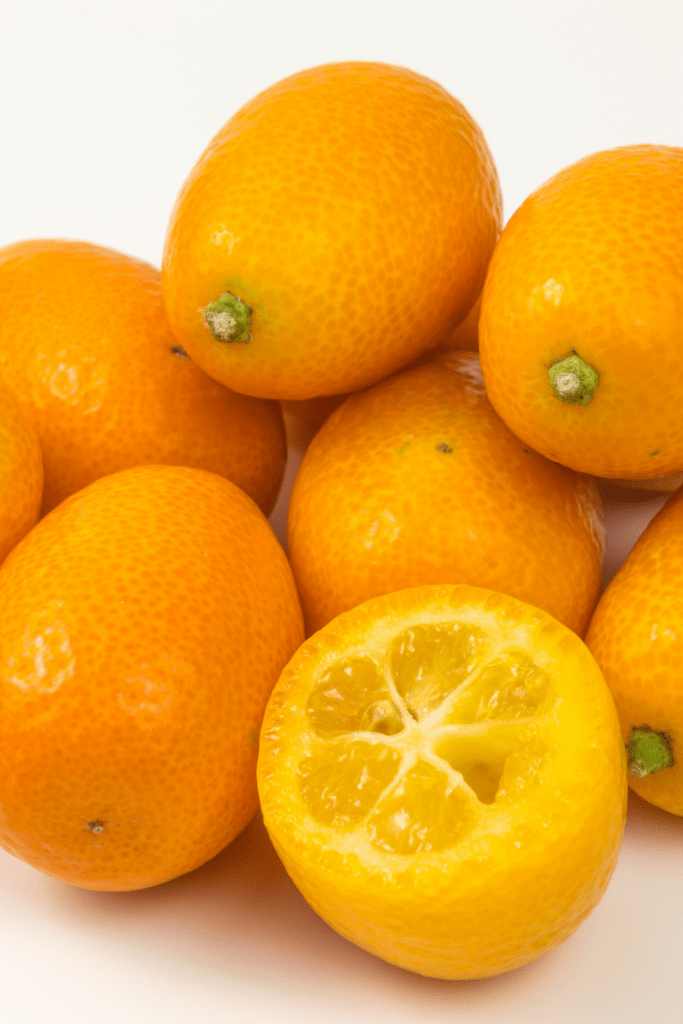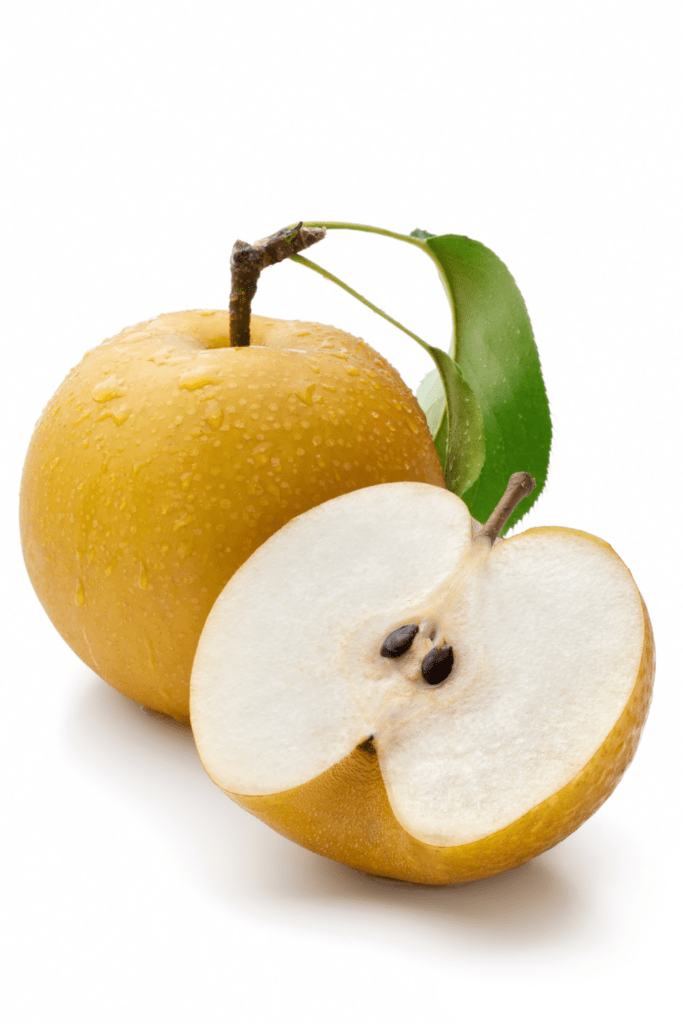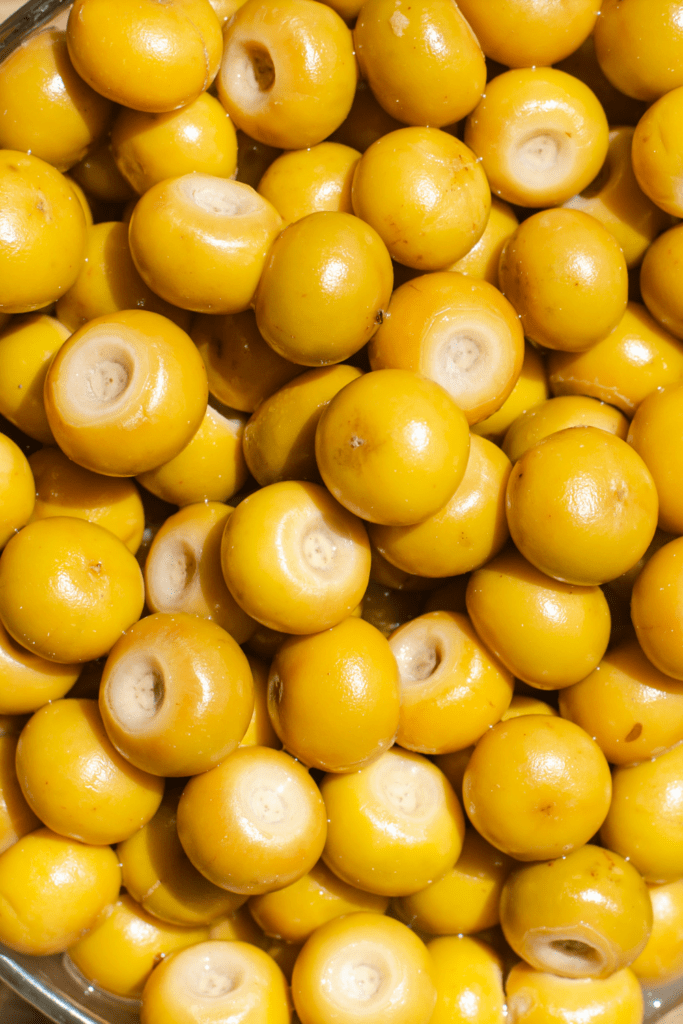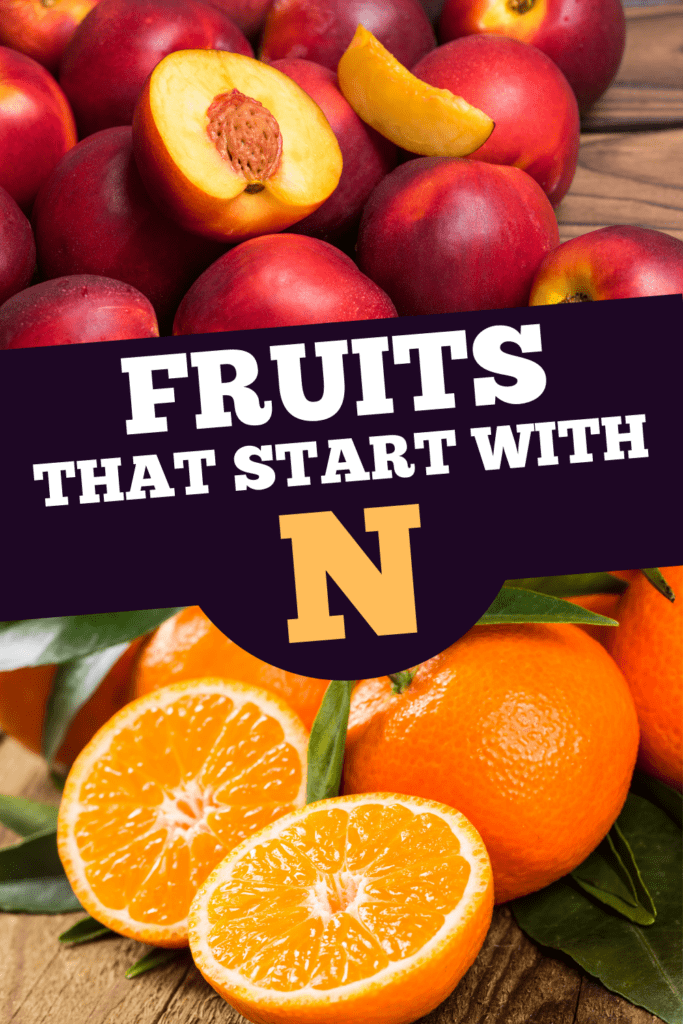Nectarines and navel oranges were easy enough to think of, but beyond that, it got tough! The resulting list ended up being 10 fruits long, and I even had to include nuts to get a full 10. (Hey! I didn’t cheat! Many nuts are fruits, despite what people think.) Check out this list of ‘N’ fruits, and see which ones I missed that you can think to add.
1. Nopales
Nopales are one of those weird foods that fall into both the vegetable and fruit categories. They’re the paddles of cacti, which makes them more of a vegetable. However, they come from the same cacti as prickly pears, which are fruits, so it’s hard to decide where to put them that makes the most sense. To eat them, you’ll remove the spines and thorns and cook them until they’re tender enough to eat. They taste great in salads and tacos.
2. Naranja
Naranja is the Spanish word for orange. Just as it does in English, naranja refers to both orange the color and orange the fruit. If you’ve ever enjoyed a sweet, juicy orange, you’re familiar with the naranja. The most common orange is probably the navel orange, which I’ll talk about a little later on, or the mandarin orange, but there are over 400 different varieties of oranges altogether. Which one is your favorite naranja?
3. Nectarines
Basically, nectarines are peaches with smoother outer skins. They look like peaches and even taste like peaches, although some people claim nectarines are sweeter. The only real difference is their lack of fuzz. You can eat nectarines raw, or you can use them to make jams or jellies. Nectarine desserts are also a must-try. You can also the fruit in pastries or caramelize them for an even sweeter treat.
4. Nonda Plum
Whenever people talk about nonda plums, my ears always hear “nom de plume.” However, nonda plums are fruits, not pen names. Their colors can vary from yellowy-orange to purple and include several shades in between the two. They’re shaped like ovals or slightly misshapen circles, and they have hard outer skins. They’re edible, but most people don’t find them particularly tasty.
5. Nuts
You may think I’m cheating by adding nuts to my list of fruits, but many nuts are actually fruits. Almost all nuts, except for peanuts, are the seeds of fruits. However, a few nuts, such as hazelnuts, acorns, and chestnuts, are themselves fruits. Therefore, as crazy as it sounds, whenever you’re snacking on a handful of your favorite nuts, you’re either eating fruits or the seeds of fruits (unless you’re eating peanuts, of course.) Fun fact: Even peanuts aren’t “nuts.” They’re legumes and are much more closely related to beans and peas than any nut.
6. Navel Orange
Navel oranges are one of the most popular oranges in the world, second only to Mandarin oranges for eating and Valencia oranges for making orange juice. They are the most popular orange for eating in the United States. They have a very distinctive appearance. They’re round and orange, with a small spot on the bottom that looks like a human navel, which is how they got their name. They’re seedless, juicy, and easy to peel, which is why they’re so popular. When it comes to snacking on fresh oranges, navel oranges are hard to beat.
7. Nagami Kumquat
Although you may never have heard of nagami kumquats, you’ve probably seen them. They’re the most commonly consumed and sold type of kumquats on the market. Most people simply call them “kumquats,” leaving out the nagami designation. They’re bright orange, and the flesh has a mild tanginess to it. Even the rind is sweet and tasty, so many people eat these kumquats whole. They’re very popular all across Asia, but you can find them easily enough in the United States, as well.
8. Nashi Pear
I’m not sure that I’ve ever found a fruit that has so many different names! If I decided to make a list of fruits that start with every letter of the alphabet, I’ll bet I could find a way to work nashi pears onto each list. (Challenge accepted!) People also call this fruit the Korean pear, the Japanese pear, the Chinese pear, the apple pear, the zodiac pear, the papple, the sand pear, etc. However, it’s most common name is the Asian pear. They’re light, sandy brown (sand pear), and sometimes have darker brown spots on them. They aren’t traditionally pear-shaped; instead, they’re round like apples (apple pear, papple). They’re widely grown throughout various regions in Asia (Asian, Japanese, Chinese pear) and are becoming more popular in the United States, thanks to their high vitamin and mineral content. Juicy and crispy, and with a third of your daily recommended fiber dosage, these are healthy fruits to have around the house.
9. Northern Spy Apple
Northern spy apples are an American apple variety that people first started growing in the early 1800s. They’re winter apples, large and round with multicolored skins of red with green and yellow stripes. They’re relatively crispy, but their inner flesh is soft and tender. They have a pleasurable, tart taste that many people compare to that of a pear. As a result, people frequently eat them and use them to make apple cider.
10. Nance Fruit
Also known as hogberries, nance fruits are about the same size and shape as cherries, but they’re a rich golden/yellowish-orange color. There’s also a red-flesh variety in Costa Rica and Mexico. You can eat nance fruits raw or cooked, and many people add them to smoothies and other healthy foods and drinks for their numerous benefits. Their taste is odd, kind of like fruity cheese. They’re an acquired taste. Their scent is also strong and hard to describe, although it isn’t unpleasant. They’re low in calories and high in fiber and vitamin C. Some scientists also believe that regularly eating nance fruits can improve people’s overall digestive health. Click on a star to rate it!
Average rating 4 / 5. Vote count: 11 No votes so far! Be the first to rate this post.
Share on social media: Let us improve this post!
